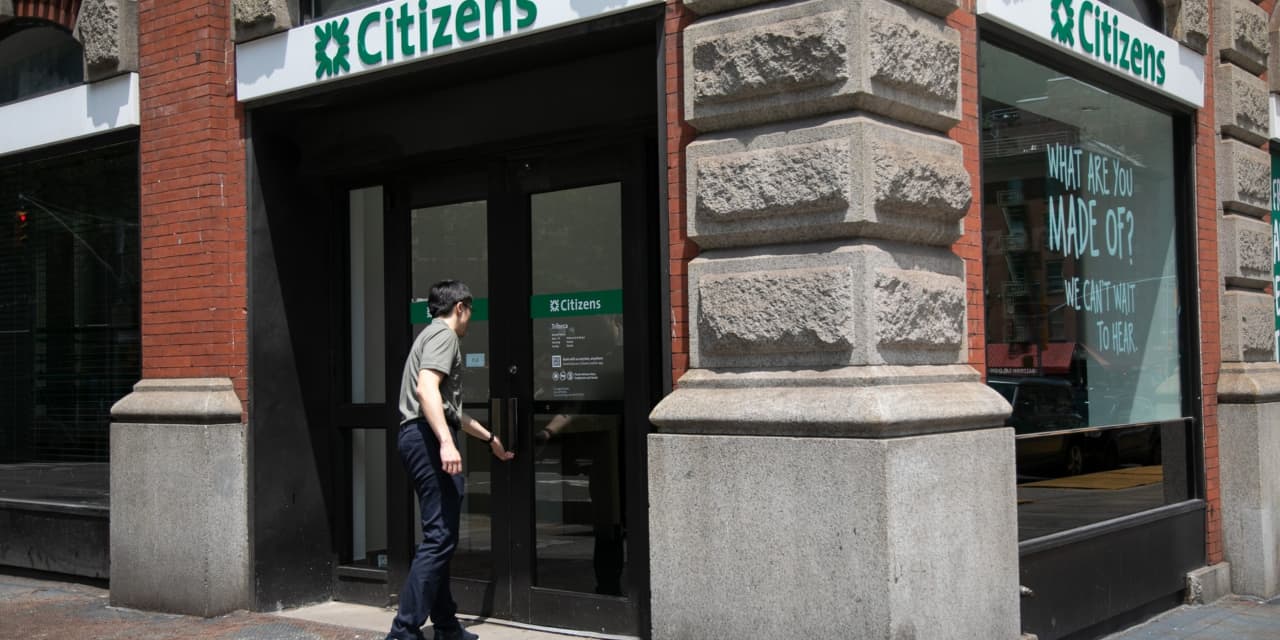There is no shortage of bearishness on banks, but pockets of Wall Street are willing to look past current storm clouds to where there might be opportunity in the sector.
That could be a lot to stomach for some investors. Higher interest rates, which were supposed to be a savior for the sector, have instead led to many problems.
Bank balance sheets are sitting on hefty unrealized losses as their bondholdings have tumbled in value. Loan growth is slowing as would-be borrowers are loath to take out loans at higher rates. This decreasing borrowing activity comes as banks are under pressure to pay their depositors more—or risk the type of deposit flight that crippled banks like Silicon Valley Bank this spring. Taken together, the spread between what banks earn on assets and pay on their borrowings has narrowed.
As if that wasn’t bad enough, in light of the regional bank failures six months ago, banks are facing increasing regulatory pressure, translating to higher capital requirements and costs.
So, yes, the sector doesn’t look great now. The
SPDR S&P Bank ETF
(ticker: KBE) is off by 23% this year while the
SPDR S&P Regional Banking ETF
(KRE) is down 33%. But the market, which is forward-looking, seems to be of the mind that banks are beyond saving.
“The investor psychology on banks is about as poor as one could possibly imagine it,” Chris Kotowski, analyst at Oppenheimer, wrote Tuesday. But this isn’t the first set of challenges the sector has faced, and each time banks typically figure out how to realign their businesses to remain profitable—and enticing—for investors.
“While the proposed changes to capital requirements may lower the industry’s returns for a transitional period, over the longer run, banks must manage themselves to earn a reasonable return on their equity,” Kotowski wrote.
Other analysts are coming to the mind that much of the bad news for the sector is already priced in and it’s time for investors to start looking for bargains.
“Today’s valuations are implying permanent profitability impairment, which we think is highly unlikely,” David George, analyst at Baird, wrote Tuesday. George has been assessing banks on how they are priced relative to projected preprovision net revenue (PPNR), which is a measure of revenue before banks take provisions for credit losses. He finds that many banks are trading as much as 30% below historic multiples.
The least expensive banks by this metric, which also provide “a generally favorable risk/reward trade-off,” are
Capital One Financial
(COF),
Citizens Financial
(CFG), Comerica (CMA),
U.S. Bancorp
(USB), and
Truist Financial
(TFC), George wrote.
Banks might not be an exciting sector now, but they shouldn’t be avoided for too long.
Write to Carleton English at carleton.english@dowjones.com
Read the full article here













Leave a Reply